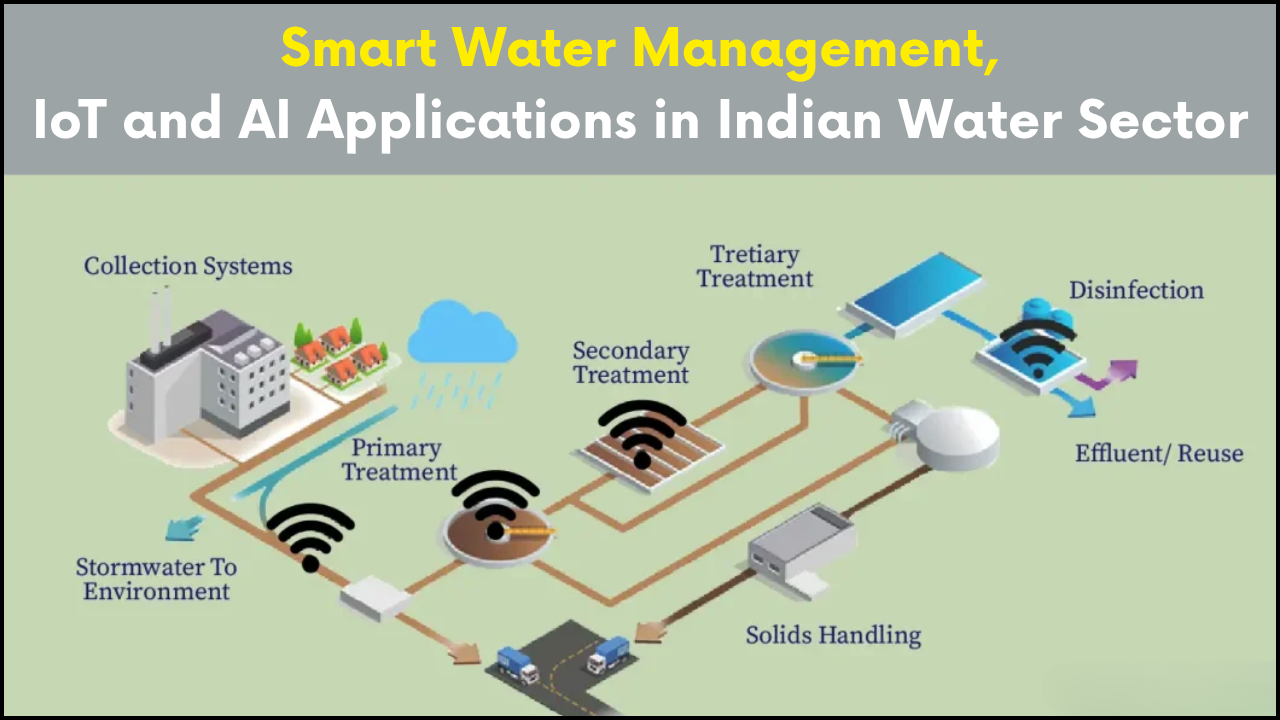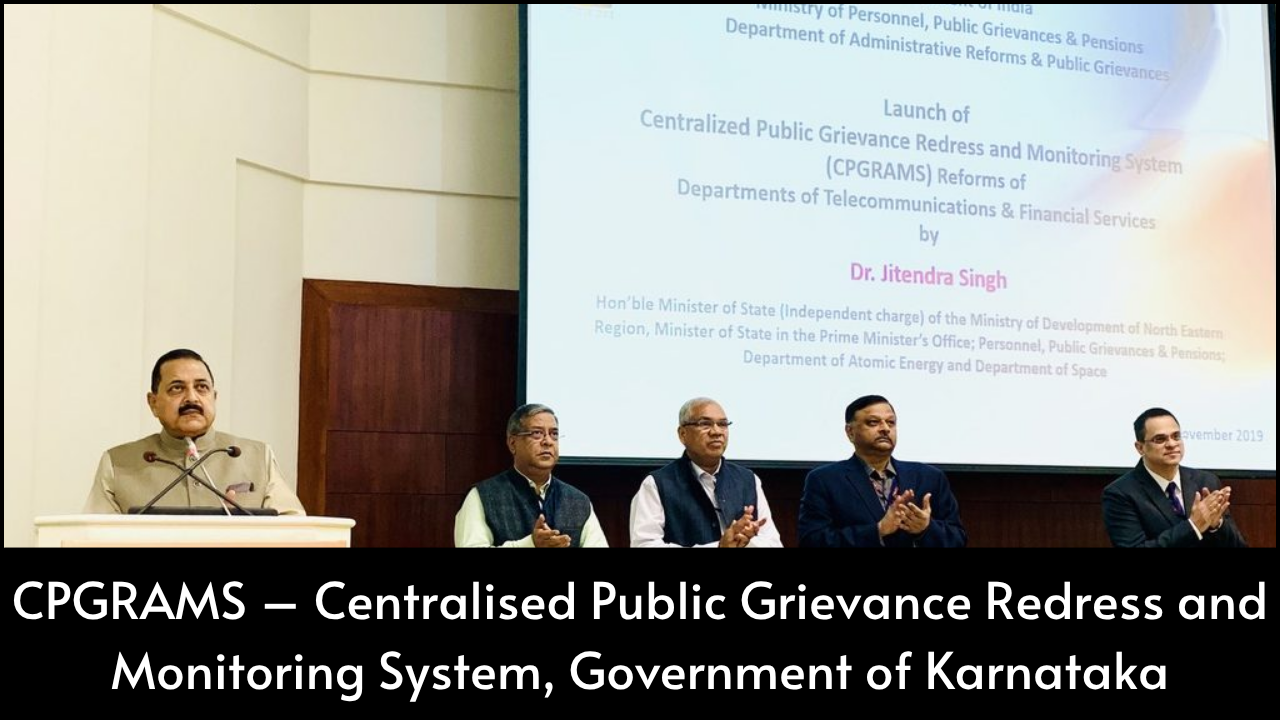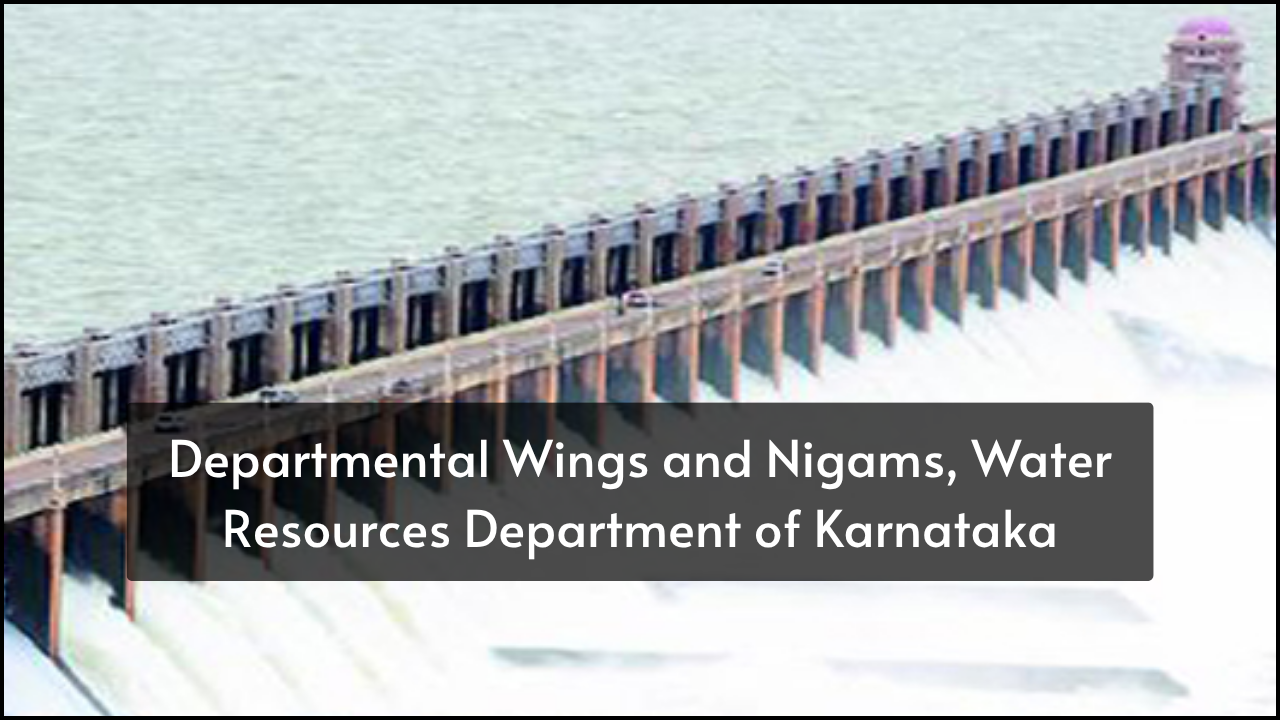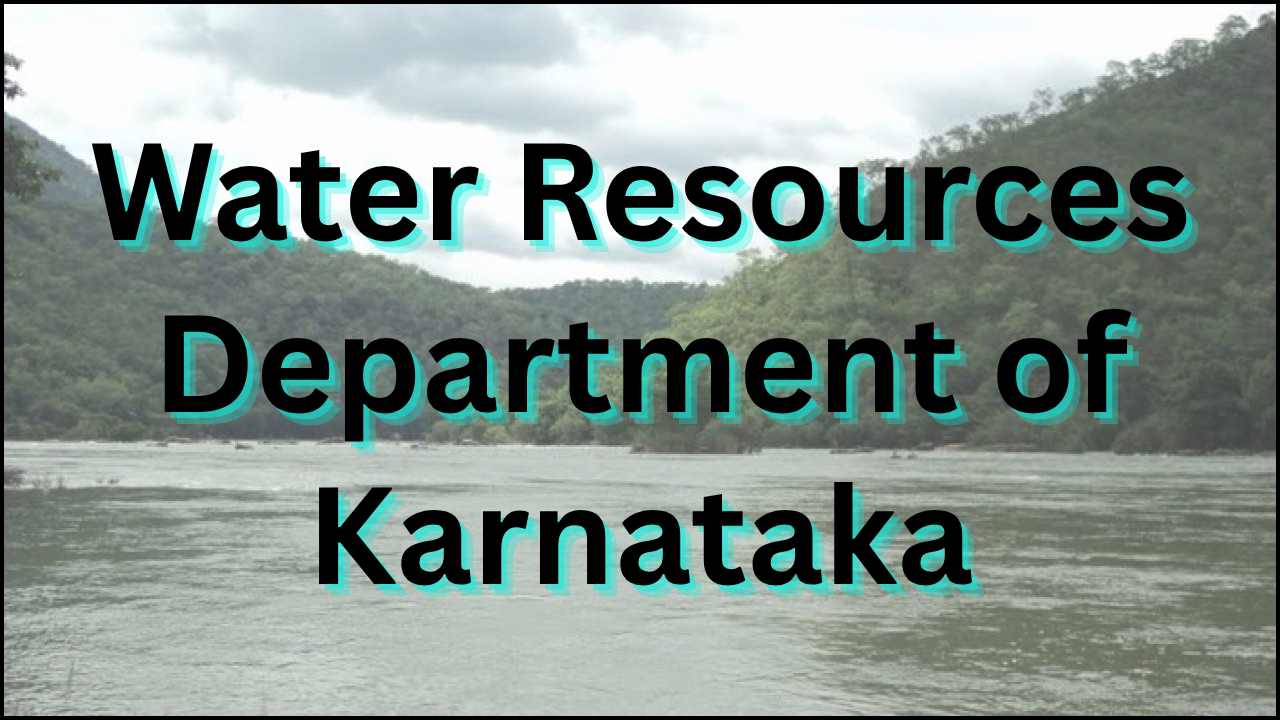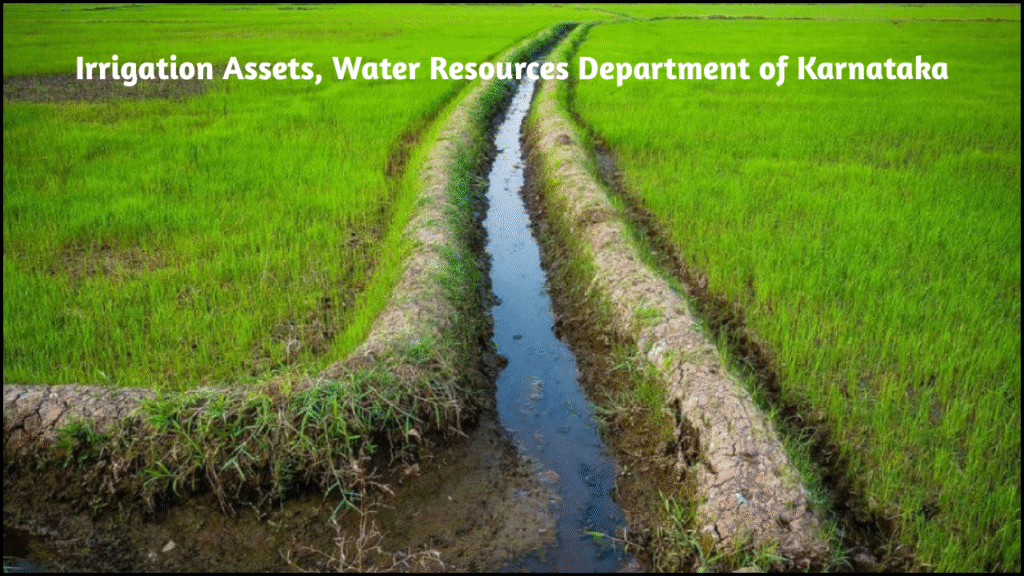
Irrigation assets of Karnataka play a crucial role in supporting agriculture and water management across the state. The Water Resources Department of Karnataka has built a strong system of major and medium irrigation projects, barrages, weirs, anicuts, lift irrigation schemes, hydroelectric stations, and large dams. These structures not only help in agricultural development but also contribute to power generation and water conservation. Each of these assets serves a specific purpose and supports the livelihood of farmers, the economy of rural areas, and the ecological balance.
Table of Contents
Major and Medium Irrigation Projects
Major and medium irrigation projects are large-scale structures built to manage and distribute water from rivers, reservoirs, and canals.
- Karnataka has over 36 major and 236 medium irrigation projects.
- These projects focus on covering lakhs of hectares under irrigation.
- Projects mainly include the construction of dams, canals, and distributary systems.
Key Projects
| Project Name | River | District | Purpose |
|---|---|---|---|
| Upper Krishna Project | Krishna | Bagalkot, Raichur | Irrigation and Hydropower |
| Tungabhadra Project | Tungabhadra | Ballari, Koppal | Irrigation |
| Ghataprabha Project | Ghataprabha | Belagavi | Canal Irrigation |
| Malaprabha Project | Malaprabha | Belagavi | Agriculture and Water Storage |
| Hemavathi Reservoir Project | Hemavathi | Hassan | Agriculture and Drinking Water |
Barrages, Weirs, and Anicuts
Barrages, weirs, and anicuts are smaller diversion structures built across rivers and streams.
- These help in controlling water flow, storing water, and lifting water to canals.
- They are widely used in semi-arid and dry regions of Karnataka.
Functions and Features
| Structure Type | Function | Locations |
|---|---|---|
| Barrages | Across the Krishna, Tunga, and Cauvery rivers | Across Krishna, Tunga, and Cauvery rivers |
| Weirs | Control river flow for local use | Installed in minor river basins |
| Anicuts | Store water for lift irrigation | Used near agricultural zones |
Lift Irrigation Schemes
Lift irrigation uses pumps to lift water from lower areas to higher lands for irrigation.
- Karnataka has developed many such schemes to reach water-scarce lands.
- These projects are useful where gravity-based irrigation is not possible.
Popular Lift Irrigation Schemes
| Scheme Name | River/Source | Location | Coverage Area |
|---|---|---|---|
| Singatalur Lift Scheme | Tungabhadra | Gadag | Agricultural fields |
| Guddada Mallapura Scheme | Krishna | Vijayapura | Water-scarce zones |
| Koppal Lift Irrigation | Tungabhadra | Koppal | Semi-arid lands |
| Ramthal Lift Irrigation | Tungabhadra | Bagalkot | One of Asia’s largest |
Hydroelectric and Power Houses
Hydroelectric stations use stored water to produce electricity. Karnataka combines irrigation projects with power generation facilities.
- The Water Resources Department has supported the development of hydroelectric units alongside dams.
- These powerhouses meet rural power demands and support industries.
Hydroelectric Assets
| Power Station | Associated Project | Capacity (MW) | District |
|---|---|---|---|
| Shivanasamudra Hydroelectric | Cauvery | 42 | Mandya |
| Ghataprabha Power House | Ghataprabha Project | 32 | Belagavi |
| Bhadra Hydroelectric Unit | Bhadra Project | 39.2 | Chikkamagaluru |
National Register of Large Dams (NRLD), 2019
NRLD 2019 is the official list of all large dams in India, including those in Karnataka.
- Karnataka has over 231 large dams listed in the NRLD.
- These dams are built for multipurpose use—irrigation, flood control, power generation, and drinking water supply.
Dams in Karnataka (As per NRLD 2019)
| Dam Name | River | Height (m) | Storage Capacity (MCM) | District |
|---|---|---|---|---|
| Krishna Raja Sagara (KRS) | Cauvery | 39 | 1,368 | Mandya |
| Tungabhadra Dam | Tungabhadra | 49.5 | 3,751 | Ballari |
| Almatti Dam | Krishna | 52.25 | 3,180 | Vijayapura |
| Supa Dam | Kali | 101 | 4,178 | Uttara Kannada |
Impact on Agriculture and Economy
Irrigation assets in Karnataka have improved the agricultural economy and provided livelihood to millions.
- Crop production has increased in irrigated areas, especially for paddy, sugarcane, and cotton.
- Farmers now get water year-round, reducing dependence on rainfall.
- These assets also create job opportunities in rural infrastructure, power generation, and dam maintenance.
Agricultural Benefits
| Region | Main Crop | Irrigation Source | Outcome |
|---|---|---|---|
| Mandya | Sugarcane | Cauvery Canals | High yield and sugar production |
| Raichur | Paddy | Tungabhadra Left Bank Canal | Multiple cropping seasons |
| Vijayapura | Cotton | Krishna Lift Irrigation Projects | Increased area under cultivation |
| Chikkamagaluru | Pulses | Small dams and weirs | Sustainable farming practices |
Environmental and Social Benefits
Irrigation systems also offer environmental and social advantages beyond agriculture.
- Groundwater levels have improved due to canal seepage and reservoir storage.
- Water availability has helped maintain forest cover and wetlands.
- Reservoirs serve as fish habitats, promoting inland fisheries.
Social Improvements
| Aspect | Benefit |
|---|---|
| Drinking Water Supply | Reliable water source for towns and villages |
| Health | Clean water reduces waterborne diseases |
| Education and Lifestyle | Better infrastructure boosts village life |
Challenges and Future Plans
Karnataka’s irrigation assets face challenges like sedimentation, aging infrastructure, and maintenance costs.
- Modernization efforts are ongoing under national schemes.
- The use of technology like remote sensing and real-time monitoring is increasing.
Key Focus Areas for the Future
| Action Area | Objective |
|---|---|
| Canal Lining | Prevent water loss through seepage |
| Automation of Gates | Improve water regulation and efficiency |
| Reuse of Treated Water | Promote water recycling in cities |
| Digital Monitoring | Track water flow and usage remotely |
The Way Forward
Irrigation assets developed by the Water Resources Department of Karnataka serve as the backbone of agricultural and rural growth in the state. The combination of dams, barrages, lift schemes, and powerhouses ensures better water management and power supply. These systems have strengthened the farming community and supported regional development. With continued improvements and modernization, Karnataka can achieve long-term water security and sustainable agricultural progress.


